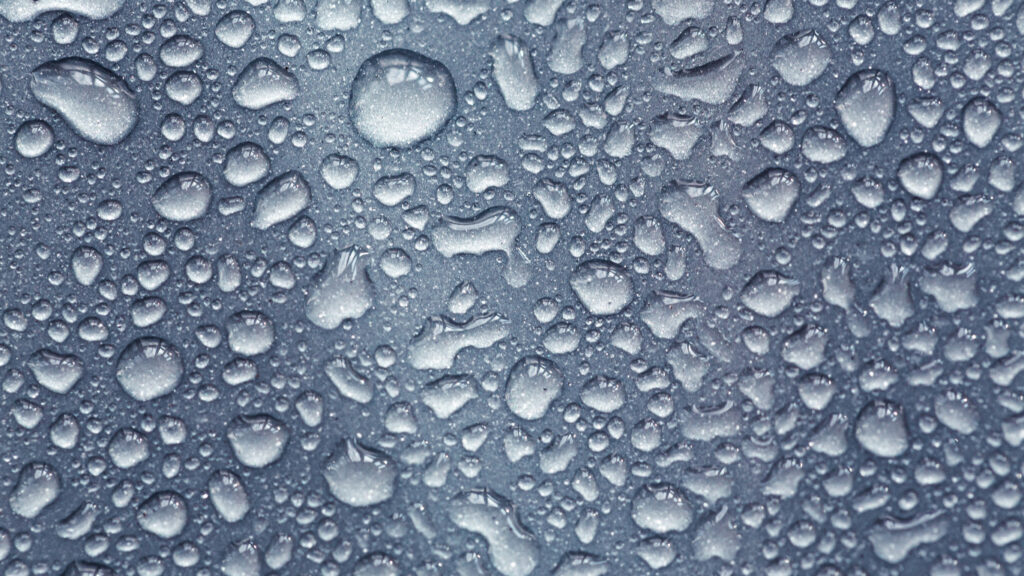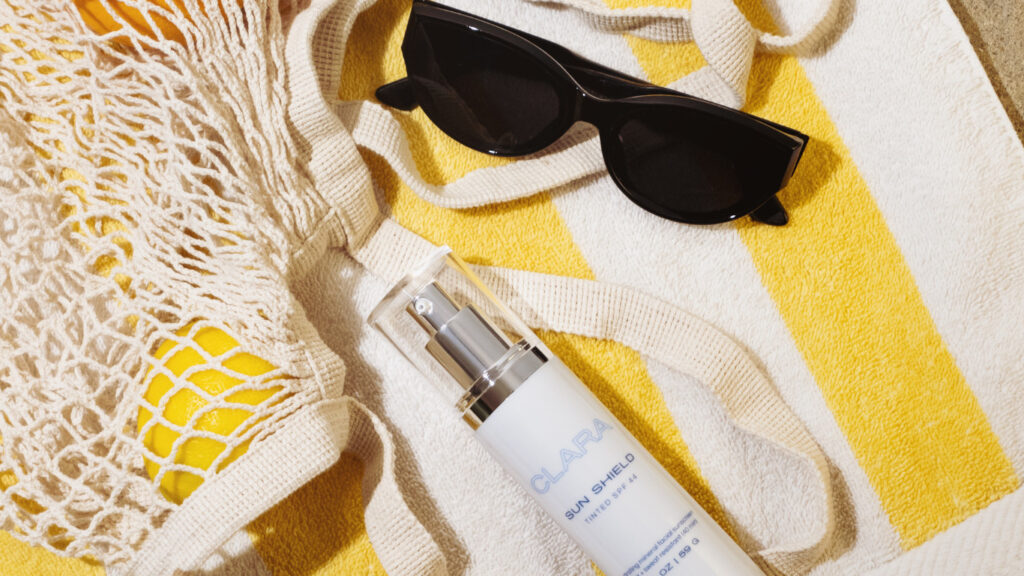
What is LED Light therapy?
Red light therapy, blue light therapy, and LED light therapy, all refer to the same process and are also known as Low Level Light Therapy (LLLT). LLLT is a non-invasive treatment that works through biomodulation, which means that different wavelengths of light penetrate into the skin cells and cause beneficial effects.
Light from these devices is absorbed by specific cellular components – like cytochrome C oxidase in the mitochondria. The mitochondria are the energy producers of the cells, so when light is absorbed, it stimulates the mitochondria to increase production of ATP, the energy packets used by all the cells in our body. The ATP activates transcription factors, which are basically signals to the cell to start making new proteins.
LLLT uses different wavelengths of light to achieve several different outcomes. The most commonly used wavelengths include:
- 465 nm blue light, which penetrates to the level of the epidermis (the top layer of the skin) and is helpful for acne and inflammation
- 640nm red light which penetrates more deeply to lowest layers of the skin (the dermis and subcutaneous tissue) where the proteins are produced
- 880 near infrared light, which penetrates deepest of all and is thought to lead the effect on inflammation and pain control
Benefits of Low Level Light Therapy:
The result of this light stimulation is the production of new proteins like collagen and elastin, the proteins that give structure and support to the skin and help improve signs of aging. LLLT has also been shown to improve wound healing and decrease inflammation including from acne, eczema, and rosacea. Some studies have even shown that it can decrease pain after surgery or other in-office treatments.
LLLT can be safely used in all skin types. However, patients with melasma should use caution as any light exposure, as well as the small amount of heat that can be generated during the treatments, can potentially exacerbate the pigmentation.
How is LED Light Therapy Delivered?
In Office Treatments
At CLARA, we use a medical-grade, FDA-cleared LED array called Celluma. This device contains the three most studied wavelengths of light, 465nm, 640nm, and 880nm, allowing us to achieve multiple skin benefits during one treatment. Treatment times vary depending on the goal, and can be as long as 30 minutes. In-office treatments are very safe and well-tolerated. We often use this treatment after a procedure like microneedling or laser resurfacing to reduce inflammation and speed healing. We also recommend regular treatments as an additional treatment for acne or rosacea.
At Home Treatments
Many at-home masks are available as well. While they can be effective, the energy delivered is generally not as high as what is available with an in-office treatment, and there are few studies on the efficacy of at-home treatments. Still, they can be a good option for patients who want continuing at-home treatments to prolong or supplement different procedures done in-office. When shopping for an at-home device, make sure to choose one that has been FDA-cleared as safe. The frequency of treatments, and amount of time you’ll use the mask each time, varies by device and ranges from a few minutes each day to longer session several times a week. Here are some at-home light devices that we recommend:
Ready to get started?
Get your customized skin care plan.
Stay in touch
with CLARA.
Be the first to know about new products, treatments, and trends in skincare.
We respect your privacy and your inbox. We’ll never sell your address. Unsubscribe anytime.



